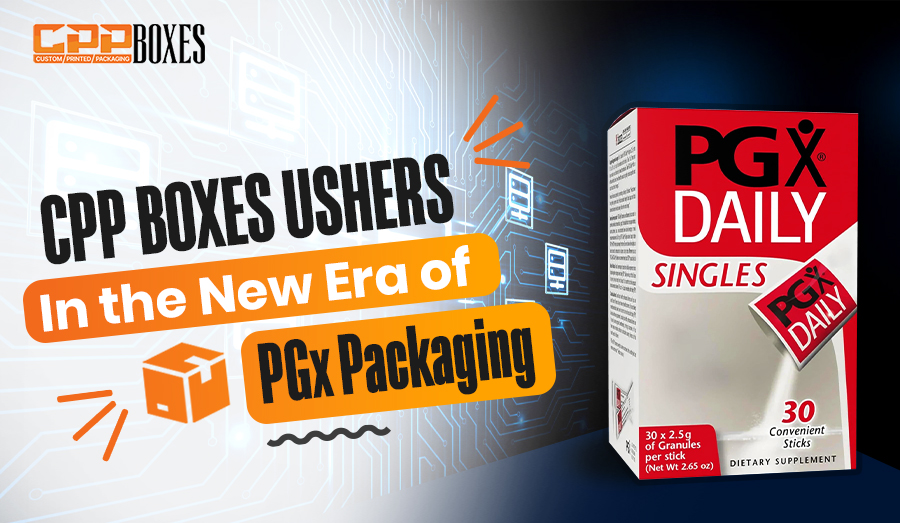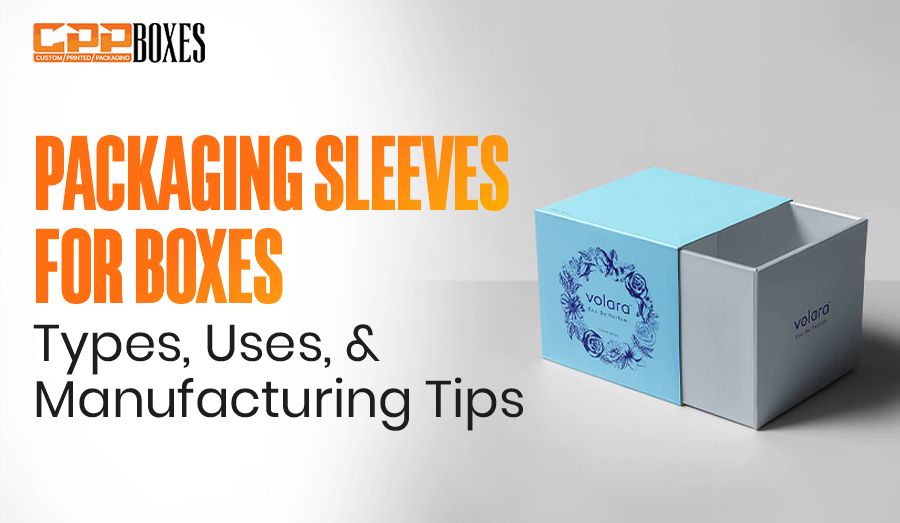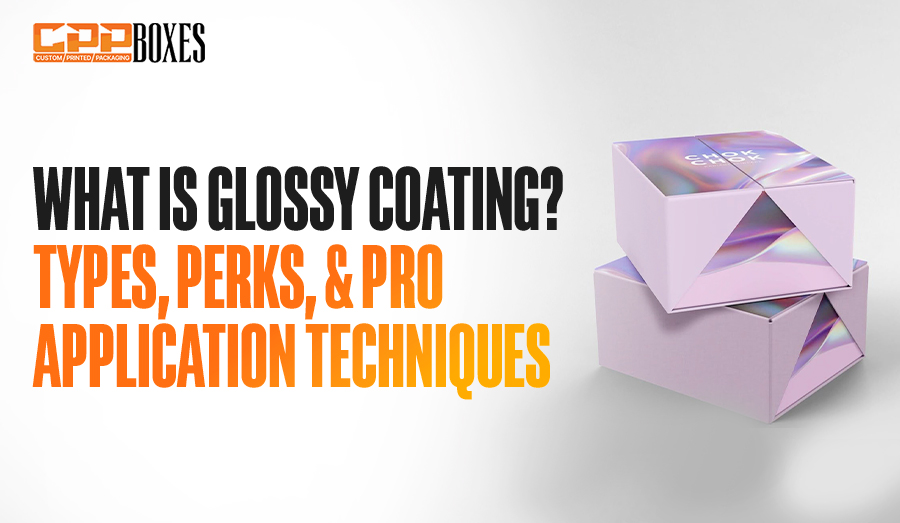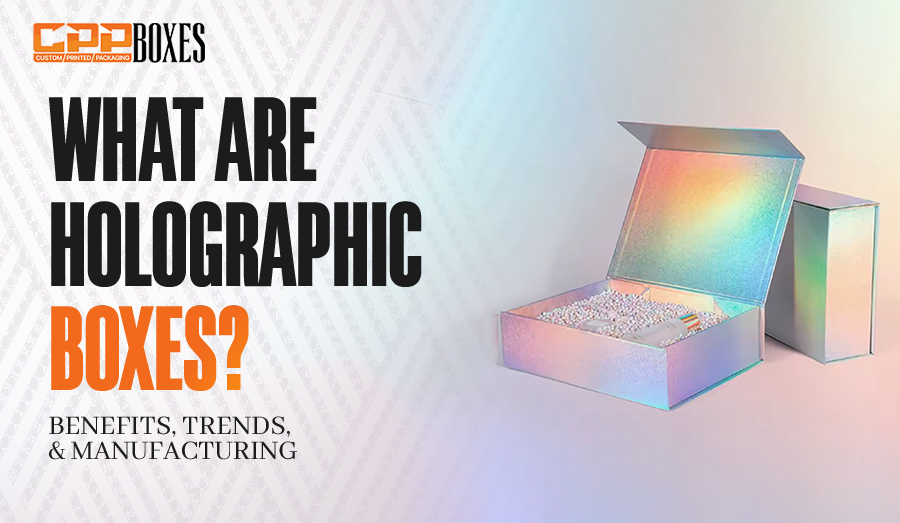- FREE SHIPPING On all orders
- SUPPORT 24/7 We support online 24 hours a Day
Yes, custom cereal boxes are recyclable. In fact, most of them are made from 200 gsm paperboard and rustic kraft paper. Both these materials are made from natural wood pulp and are widely accepted in different recycling programs. Well, the cereal box recycling is more than just tossing it into the recycling bin. It’s a detailed process that is carried out under specific conditions.
Businesses, especially the cereal manufacturers, should know the nitty-gritty of this process to meet the growing consumer demand for sustainability. Whether you are a startup or an established cereal brand, this information will help you make smart choices for eco-preservation and the brand’s growth. Here is how custom cereal boxes are recycled and what you should consider to ensure their sustainability. Let’s give this post a thorough read and get valuable insights.
Mostly made from paperboard, the recycling of cereal boxes is usually a straightforward process. Here, we have discussed different steps that ensure that packaging material is repurposed efficiently:
Recycling starts with the collection of the boxes, typically through curbside recycling programs. People often submit cereal boxes to the drop-off location as well. Once gathered, these boxes are carefully transported to the recycling facility, where materials are sorted. Paperboard is separated from plastic, metal, or any other material with the help of an advanced and automated sorting system.
Next comes the shredding process. In this step, the cereal boxes are shredded into smaller pieces, typically around 1-2 inches. Shredding is necessary to break down the packaging material into manageable chunks. It allows the easier separation of paper fibers from different contaminants, such as food particles or toxic inks.
After shredding, the paperboard is mixed with water to form pulp, a slurry-like substance. This pulp further treated with chemicals and heat to remove remaining ink, glue, and other contaminants. It is refined meticulously to make sure that no plastic coating, aluminum foil, or any other non-fibrous material remains behind.
Then the pulp is passed through different screening channels to remove excess water. It is then pressed and dried with different specialized tools and converted into new paperboard sheets. This dried material is more durable in quality as compared to the virgin paperboard. It is because the fiber bonding is increased during the recycling process.
At last, the recycled paperboard is reprocessed into new products such as packaging for various food and non-food items. This step is crucial in supporting a circular economy, where materials are reused. This reduces waste and helps promote sustainability.
Nowadays, people are well aware of rising eco-concerns. That’s why they actively seek brands that offer products in sustainable packaging. According to Nielsen, 66% of global consumers are willing to pay more for products offered by eco-conscious brands. Cereal businesses are also not exempt from it.
That’s why you should pay attention to making your cereal boxes more recyclable and a focal point for consumers. Here are some of the key factors that you should consider during the box’s designing. These decisions can make a significant impact on the recyclability of cereal packaging boxes and optimize your brand’s sales:
It’s important to make sure that cereal boxes are made from 100% paperboard or the paperboard obtained from recycled content. The more paperboard content in the cereal box manufacturing, the easier it is to recycle and reuse for different purposes.
Cereal boxes are often printed with attractive designs and coated with eye-catching laminations to stand out on the store’s shelves. These laminations also make them moisture-resistant and protective packaging for the products. To make your boxes more sustainable, you must be very selective while choosing the printing inks and coatings.
Water and soy-based inks are the preferred options for eco-friendly printing. Whereas spot UV, aqueous, and glossy laminations are more compatible with the recycling stream. They can be easily separated from the paper fibers during the pulping process.
Consumers play a vital role in the recycling process, and clear communication can make a big difference. You should label your custom cereal packaging with clear and precise recycling instructions to help customers properly dispose of the packaging.
If the box is made from recycled paperboard, make sure the recycling logo is clearly visible. By imprinting simple and easy-to-understand recycling instructions, you can increase the chances that people will dispose of the boxes properly and reduce waste.
Eco-preservation is a great responsibility. Therefore, you should not compromise on choosing the professional supplier with massive hands-on experience in the packaging and printing industry. Research online and find out famous suppliers in your circle. Shortlist the ones with more positive customer feedback and thoroughly analyze their eco-friendly services. Check out whether they offer recycled manufacturing materials, sustainable inks, and coatings or not.
Pick the one that perfectly complies with industrial standards and eco-friendly regulations. Meticulously work with that professional supplier and make the box ready. Once it is prepared, test its recyclability with the help of the ink and coating compatibility test and recyclability performance test. If the box successfully passes these tests, launch it in the market and appeal to a large number of eco-conscious consumers.
To sum up, custom cereal boxes are 100% recyclable. You just need to be careful while choosing the box’s material, printing inks, and coating methods. Partnering with seasoned and professional suppliers can help you get eco-friendly custom cereal boxes. At CPP Boxes, we offer you versatile and sustainable cereal packaging solutions at wholesale rates. Call our customer support representatives at 888-395-0493 or e-mail us at quotes@cppboxes.com and cut your brand’s environmental footprint with our recyclable custom cereal boxes.
GET YOUR QUOTE



.jpg)


Blake Harper is an experienced and dedicated packaging engineer with a deep passion for creating innovative, sustainable, and cost-effective packaging solutions. He holds a degree in Packaging Engineering, where he gained a strong foundation in materials science, product design, and manufacturing processes. With years of hands-on experience, Blake has honed his skills in optimizing packaging designs for a wide range of industries, including consumer goods, electronics, and food packaging.
Currently, Blake has been with CPP Boxes, a leading packaging solutions provider, for several years, where he has played a key role in designing packaging that balances functionality, cost efficiency, and sustainability. His work at CPP Boxes has involved designing protective packaging, improving supply chain logistics, and developing eco-friendly solutions that reduce waste and environmental impact.
Blake's expertise lies in selecting the right materials, creating structural designs that maximize protection and minimize costs, and ensuring that packaging meets both consumer expectations and industry standards. His approach integrates creativity with technical know-how, always striving for solutions that are both practical and innovative.
Passionate about environmental sustainability, Blake is always exploring new ways to incorporate eco-friendly practices into his work. He is committed to advancing packaging technologies and methodologies that reduce waste, improve recyclability, and contribute to a more sustainable future. Throughout his career, Blake has become known for his strong problem-solving skills, attention to detail, and his ability to collaborate effectively with cross-functional teams to meet project goals.
Best Quality Printing and Packaging

Typically, cereal box liners are not recyclable because they are usually made of plastic or wax-coated material.
Yes, cereal boxes are cardboard in composition. They are mostly made from paperboard, which is a type of lightweight cardboard.
Cereal boxes are made from paperboard, which is thicker than normal paper but is less sturdy than cardboard.
No, cereal boxes are not corrugated cardboard; they are made of flat, solid paperboard.
Cereal boxes are recycled as paperboard.
It typically lasts between 6 to 12 months, depending on the type of cereal and the storage conditions.